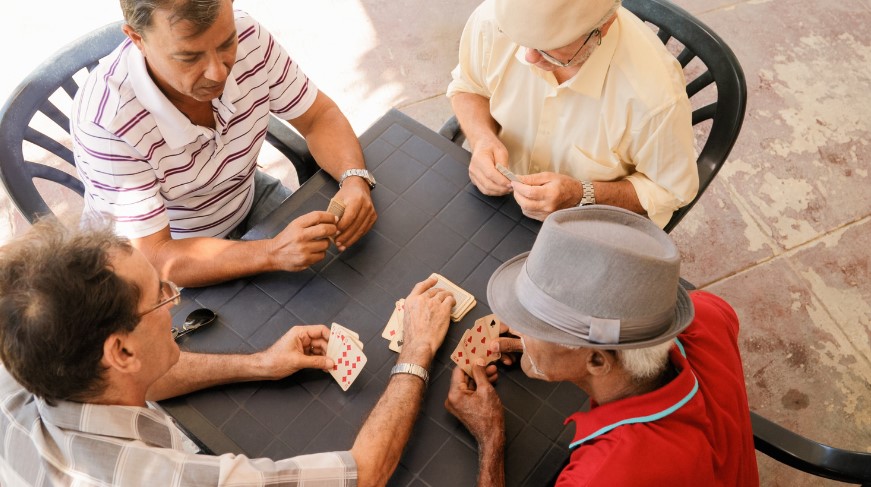
The Cheat card game, also known as I Doubt It or Bluff, is a classic party game that combines deception, strategy, and a bit of luck. This game is perfect for a group of friends who are looking to test their bluffing skills and see who can keep a straight face. Here’s a detailed guide on how to play Cheat, including the rules and tips to enhance your gameplay.
What Are the Cheat Card Game Rules?

The primary goal in Cheat is to be the first player to get rid of all your cards by playing them face-down in the center pile while attempting to deceive your opponents. Players can challenge each other’s plays, and if caught lying, the player must pick up the entire pile.
Setup
Players: Cheat is best played with 3 to 6 players.
Deck: Use a standard 52-card deck. If there are more than 6 players, consider using two decks shuffled together.
Dealing: Deal all the cards as evenly as possible among the players. Some players may have one card more than others, which is perfectly fine.
Gameplay

Starting the Game: The player with the Ace of Spades starts the game by placing one or more cards face down in the center and declaring the rank of the card(s), e.g., “One Ace” or “Two Aces.” The declaration does not have to be true.
Taking Turns: The game proceeds clockwise. Each player, on their turn, must place one or more cards face down and declare them to be one rank higher than the previous player’s declared rank. For example, if the previous player declared Aces, the next player must declare Twos, and so on.
Challenging: At any point after a player declares their cards, any other player can call “Cheat!” if they believe the cards played are not the rank that was declared. The challenged player then reveals their cards:
- If the cards match the declared rank, the challenger must pick up the entire pile of cards in the center.
- If the cards do not match the declared rank, the challenged player must pick up the entire pile.
Continuing Play: After a challenge, play continues with the player to the left of the one who last placed cards. If no challenge occurs, the game continues in the same clockwise manner.
Winning the Game

The first player to successfully play all their cards wins the game. If a player is caught lying on their last card(s), they must pick up the pile, and the game continues until someone wins.
Tips for Winning
- Bluff Strategically: Don’t always lie or tell the truth. Mix it up to keep opponents guessing.
- Watch Your Opponents: Keep an eye on how your opponents play. If they’re hesitant or seem too confident, they might be bluffing.
- Challenge Wisely: Be cautious when calling “Cheat!”—you don’t want to end up with a huge pile of cards.
Variations
Two-Deck Version: Use two decks for larger groups, which makes the game longer and adds more complexity.
Silent Cheat: In this variation, players are not allowed to verbally challenge. Instead, they tap the pile if they want to challenge, adding a layer of psychological gameplay.
Cheat is a fun, fast-paced game that’s easy to learn and a great way to test your ability to read people. Whether you’re a master of deception or just looking for some laughs, Cheat offers endless entertainment.
Conclusion
Cheat is a timeless card game that blends bluffing, strategy, and a bit of luck, making it a favorite for casual gatherings and parties. The simplicity of the rules, combined with the excitement of trying to outsmart your opponents, ensures that every game is filled with suspense and laughter. Whether you’re a seasoned player or new to the game, Cheat offers a great way to enjoy some competitive fun with friends. To learn more about cheat card game rules and gain more experience, go and join card game clubs and entertain yourself.
Remember, the key to mastering Cheat lies in your ability to deceive convincingly and to spot when others are doing the same. So gather your friends, shuffle the deck, and see who can be the last one standing without getting caught in a lie!
